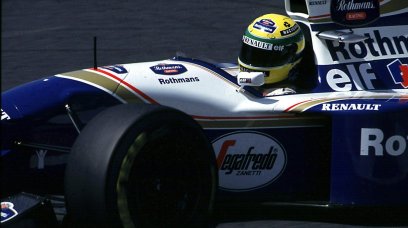Formula 1 cars will use active aerodynamics from 2025 onwards with the aim of making them more fuel efficient. The sport is working towards becoming more sustainable and will introduce the use of active systems as a way of reducing drag on straights and thus reducing the amount of fuel used. Ways of doing this could involve the use of adjustable wings or active suspension to change the ride height. Pat Symonds, Chief Technical Officer at Formula 1, told a Motorsport Industry Association conference on energy efficiency: "Sustainability is very much the byword of everything that we’re doing in motor sport at the moment. "You obviously you can’t reduce your fuel usage when you’ve got a drag coefficient of around one and similarly you can’t get similar performance unless you’ve got a lift coefficient of around four, four and a half. "The only way you can really compromise is with active aerodynamics so, that is the way we are researching." This measure will come in alongside new engine regulations in 2025, which will see power units becoming cheaper and more energy efficient. An issue that arises with the new efficiency measures though is that the weight of the cars increase. "Everyone knows that electric vehicles and even hybrid vehicles are heavier," Symonds explained. "It comes back to energy density, not just the fuel but of the total system. "I’m a little bit ashamed of the weight of a Formula 1 car at the moment, and I am afraid that as we move to 2025, where we will have active aerodynamics, we’ll have a lot more electrical power on the vehicles and unfortunately, not lose an awful lot of weight in the internal combustion engine. "We will carry less fuel, so we’ll save a little bit of weight at the race start but it’s a fact that nothing comes for free."
Most read







